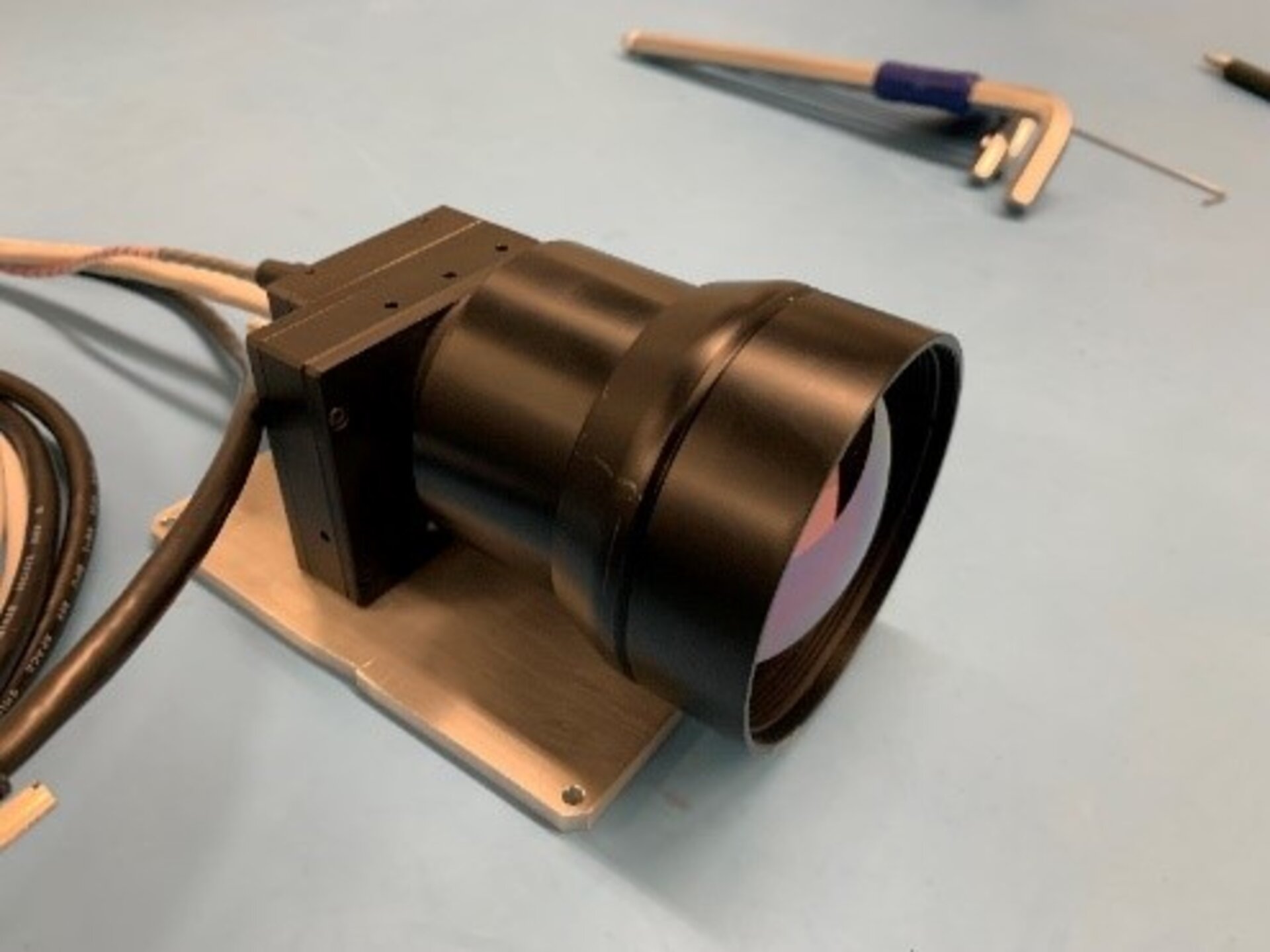Thermal Infra-Red camera for Asteroids
Compact hyperspectral instruments are being developed in several different versions, in particular concerning the dispersing device, the most common being those with gratings and with Linear Variable Filters (LVF). But depending on the application and the available dimensions for the payload, their performance may differ.
Hyperspectral instruments based on LVF are usually quite compact, conceptually simple and cost effective systems. Within ESA R&D activities, they have been the subject of the developments of several TDE and GSTP contracts, such as the on-going In Orbit Demonstration for “HyperScout”, which is proving that a very compact LVF-based instrument in Very Near Infrared spectral range can provide a variety of information related to Earth observation.
An asteroid system, such as Didymos shows some spectral features consistent with silicates, with a peak reflectance around 800nm within the VNIR range, but its detailed structure and composition is not known, yet.
Thermal infrared (TIR) sensing involves different well-established instrumental techniques (i.e. photometry, radiometry, spectroscopy) with a wide range of applications in space missions. In particular, in an asteroid observation mission a TIR channel can be used for the characterisation of the surface and of the regolith structure. Such data have significant scientific interest. Combined with the VNIR data, the TIR imager has the potential to obtain a precise map of the thermal behaviour of the surface, which can be of interest for science and near surface operation.
A new GSTP Element 1 activity with Vito VL.Inst.Techn.Onderzoek in Belgium has designed a compact TIR imaging instrument for the asteroid missions.
A breadboard was built to test and quantify performance. In terms of image quality, the performance met reuirements. The calibration strategy and algorithms for data reduction and analysis were prepared.
It was demonstrated that microbolometers offer the possibility of cheap and simple thermal imaging space missions. The calibration techniques for a TIR imaging instrument were investigated and the feasibility for the determination of the thermal inertia of the asteroid was proven.
G61M-001EC was completed in 2021.


